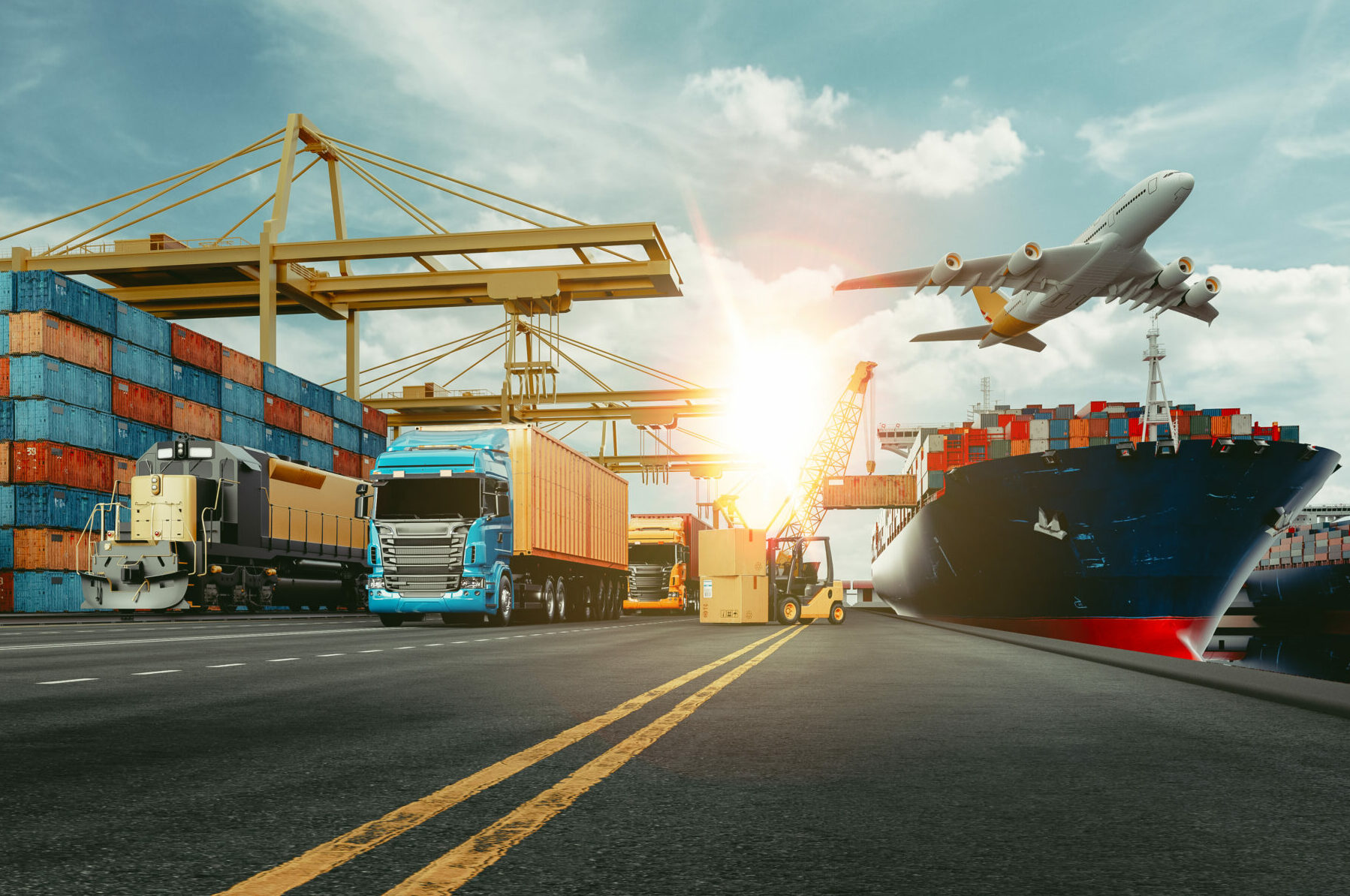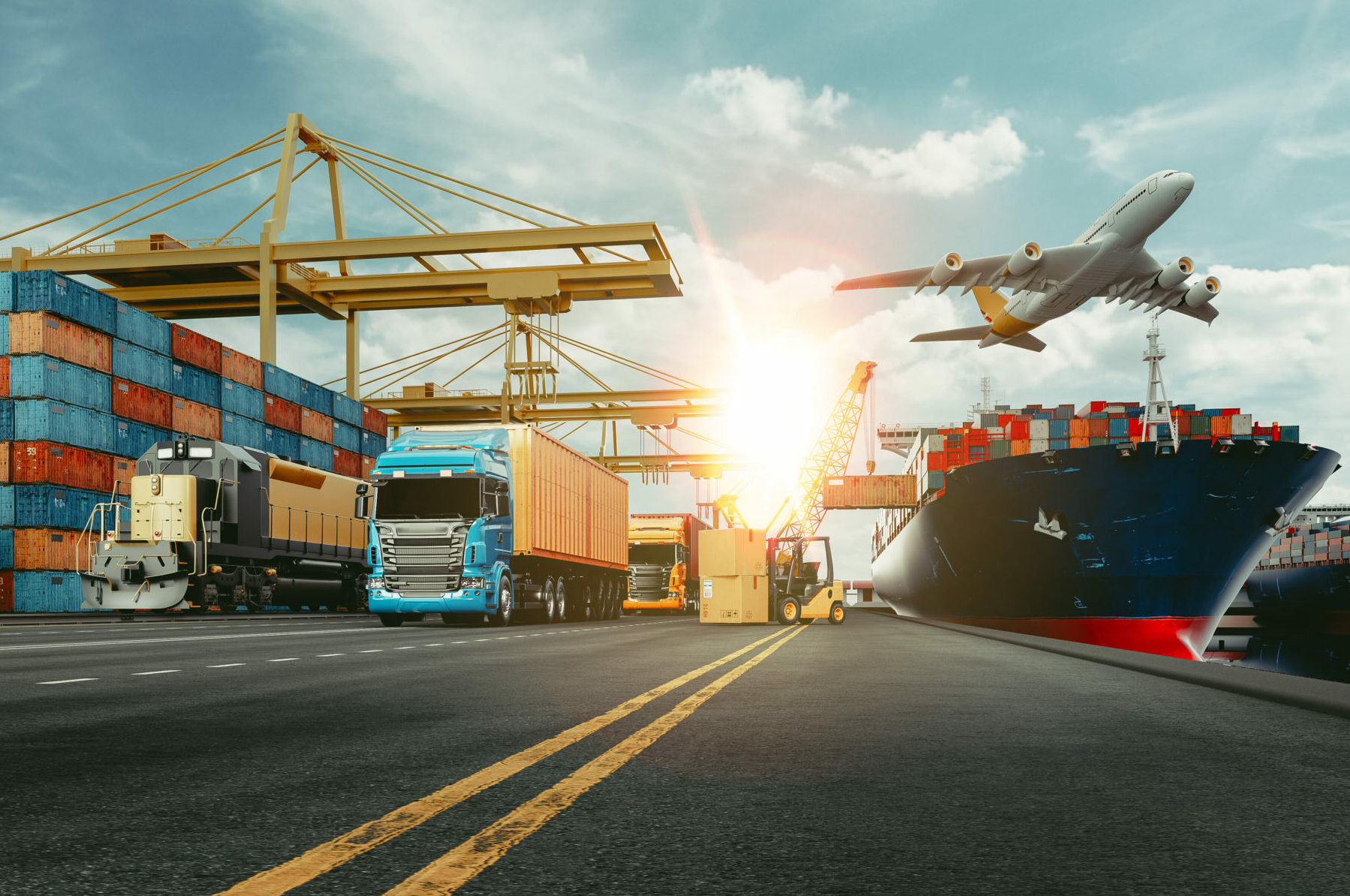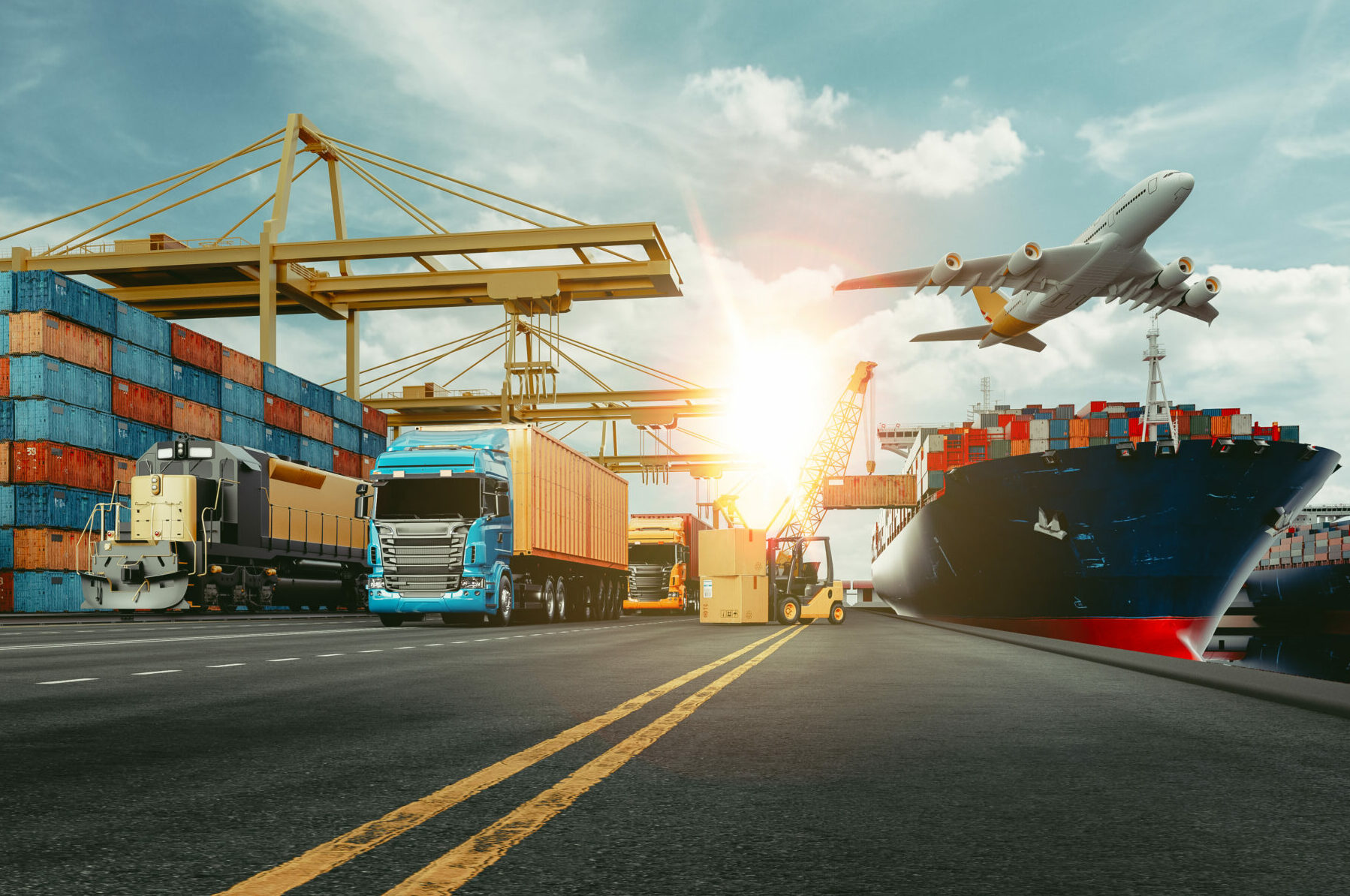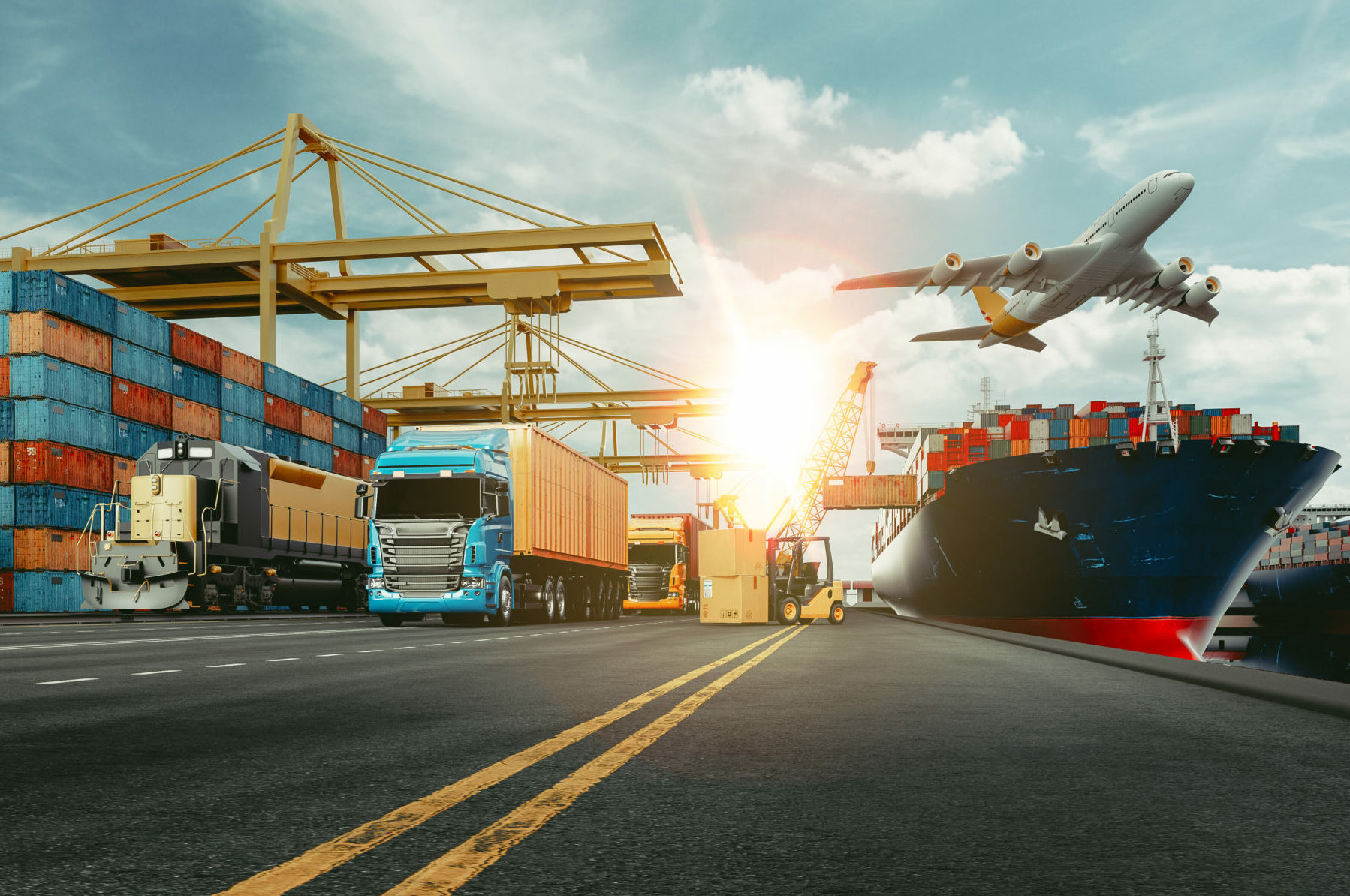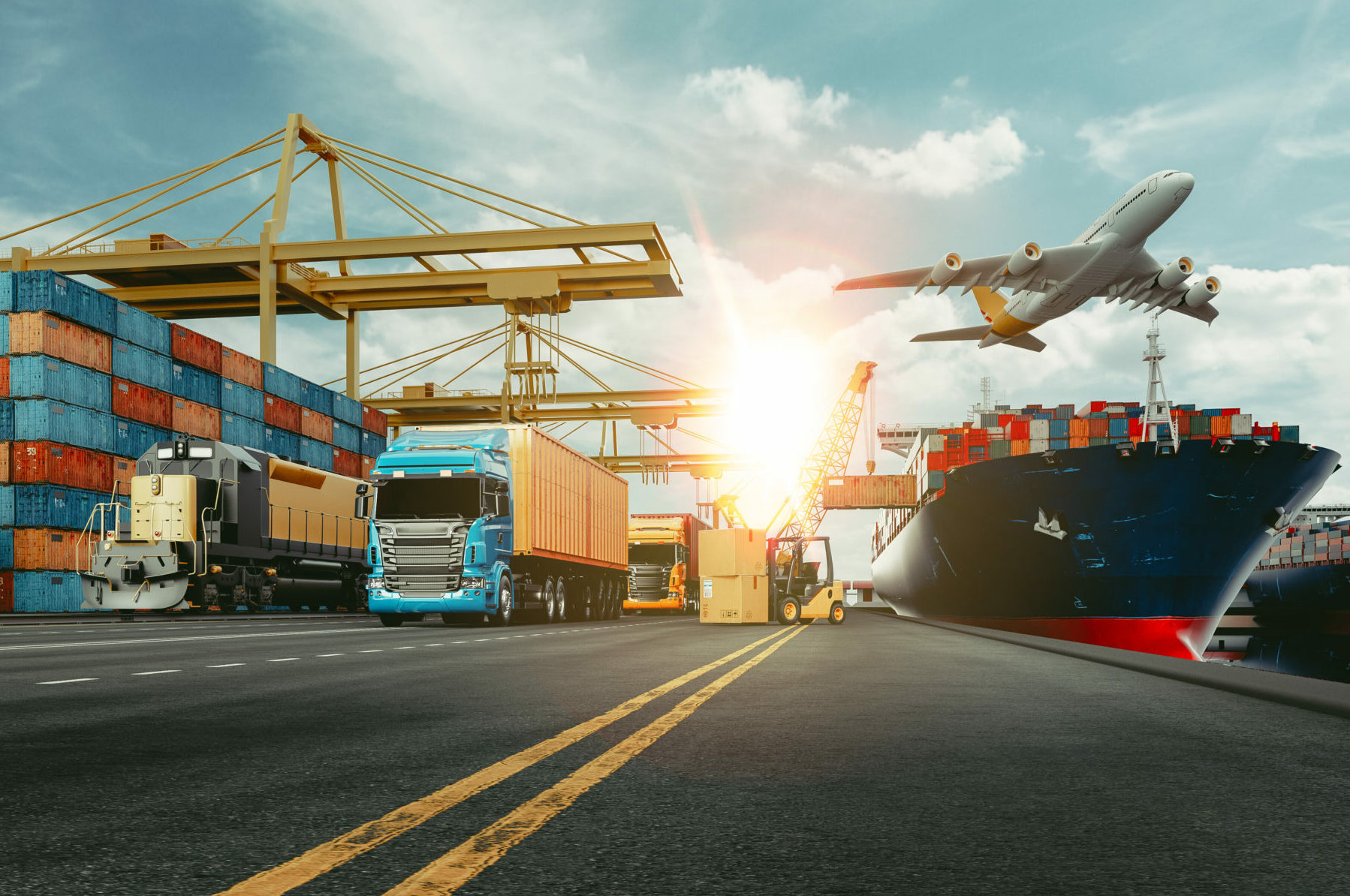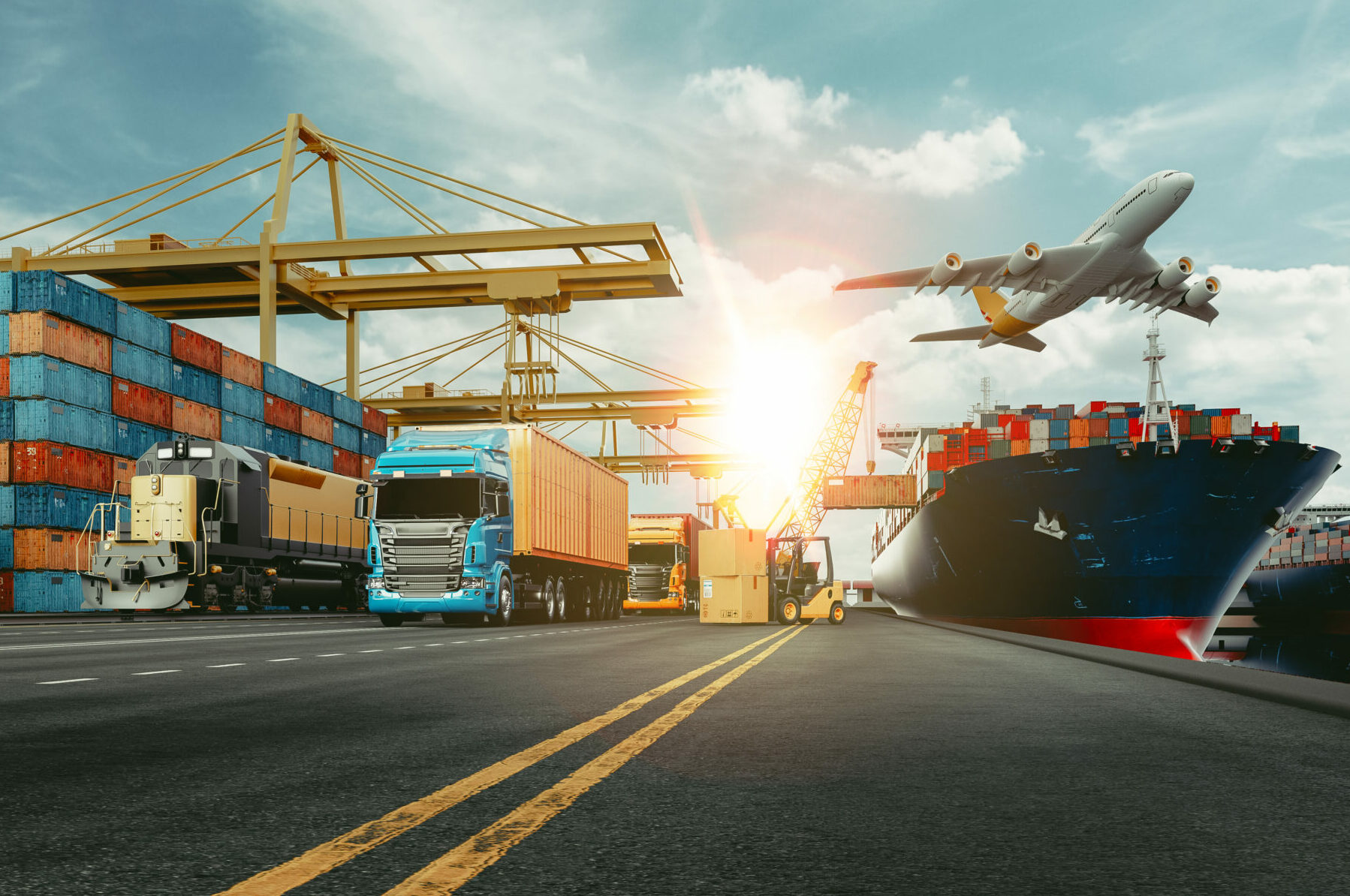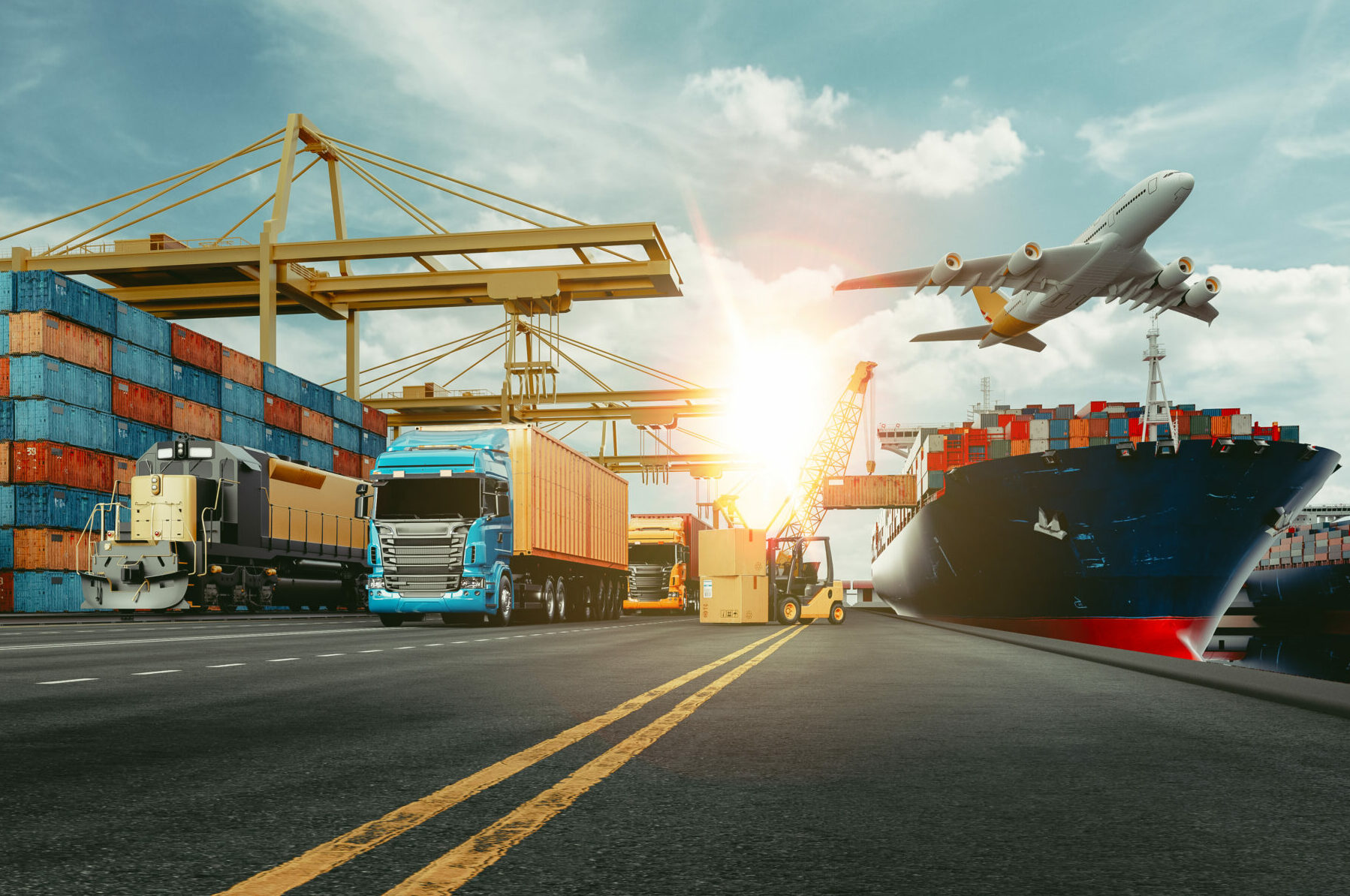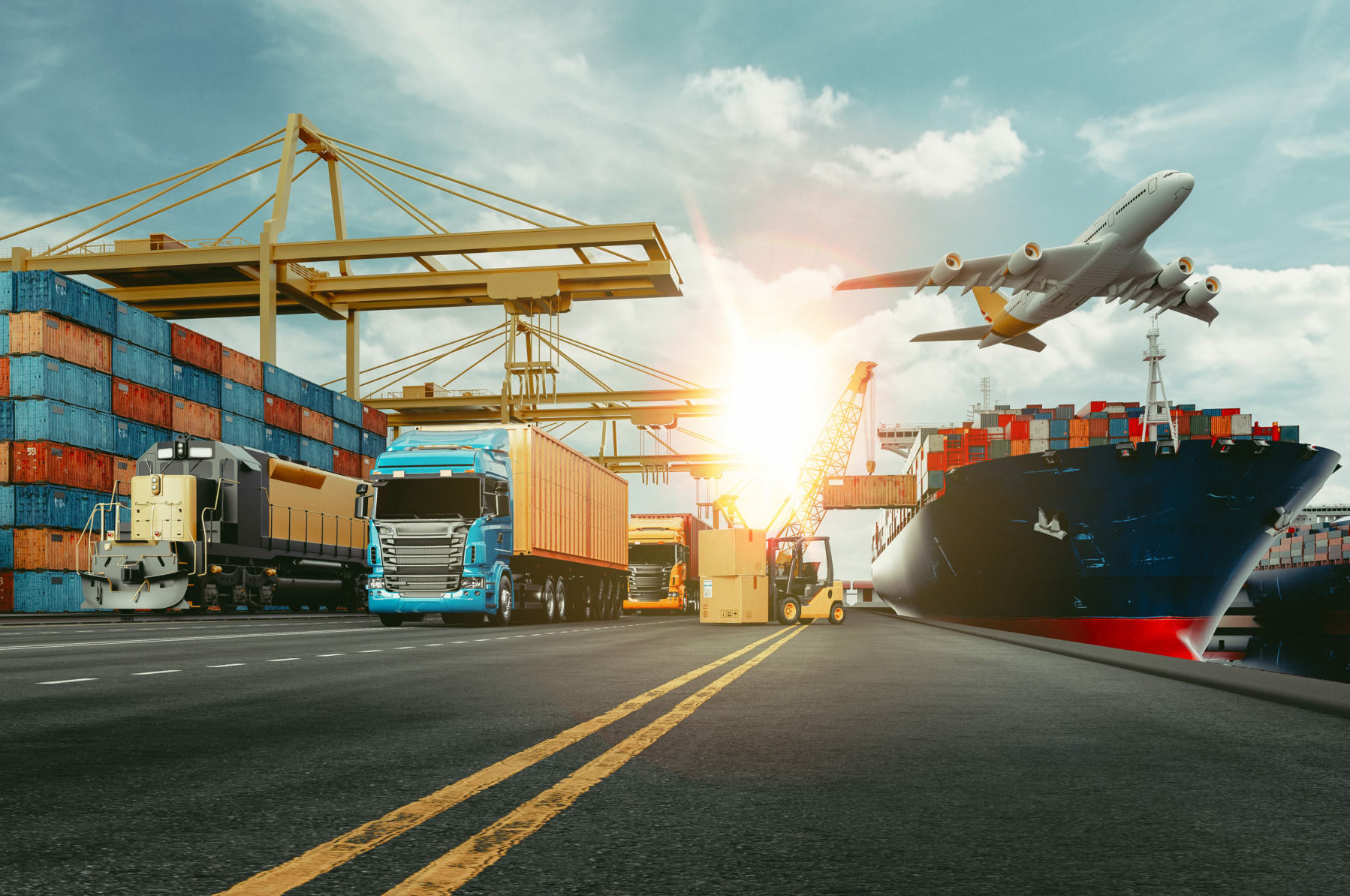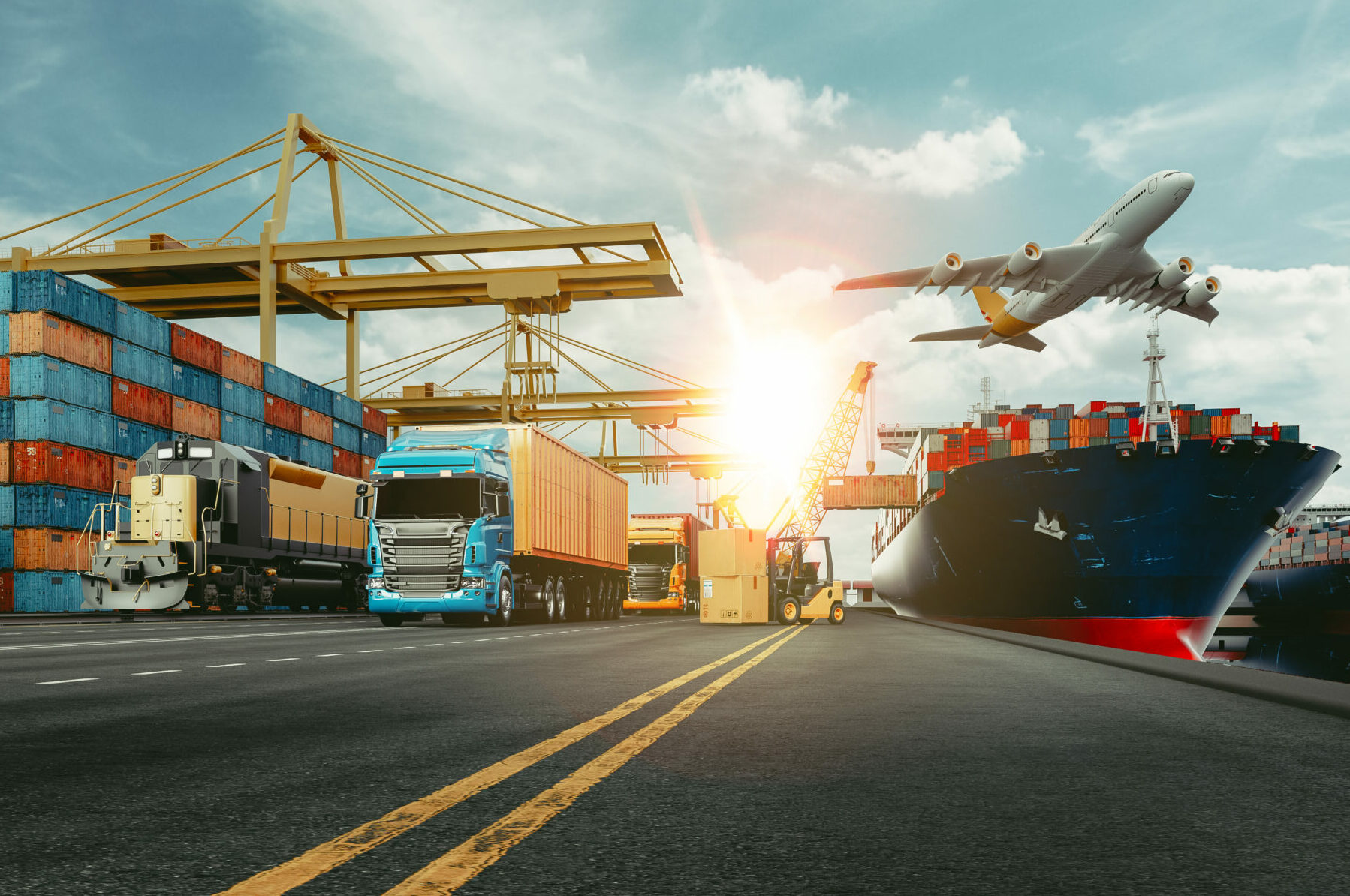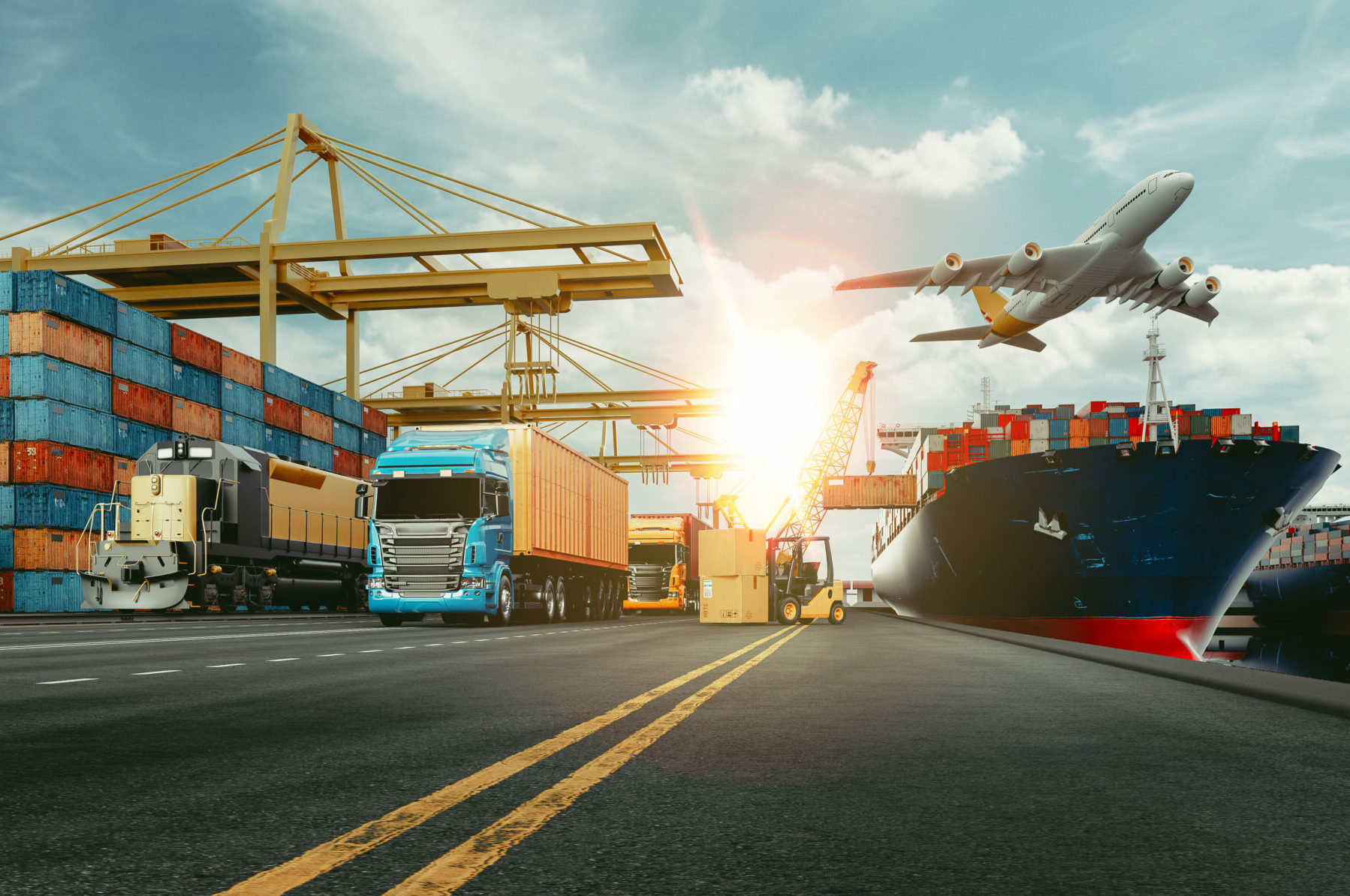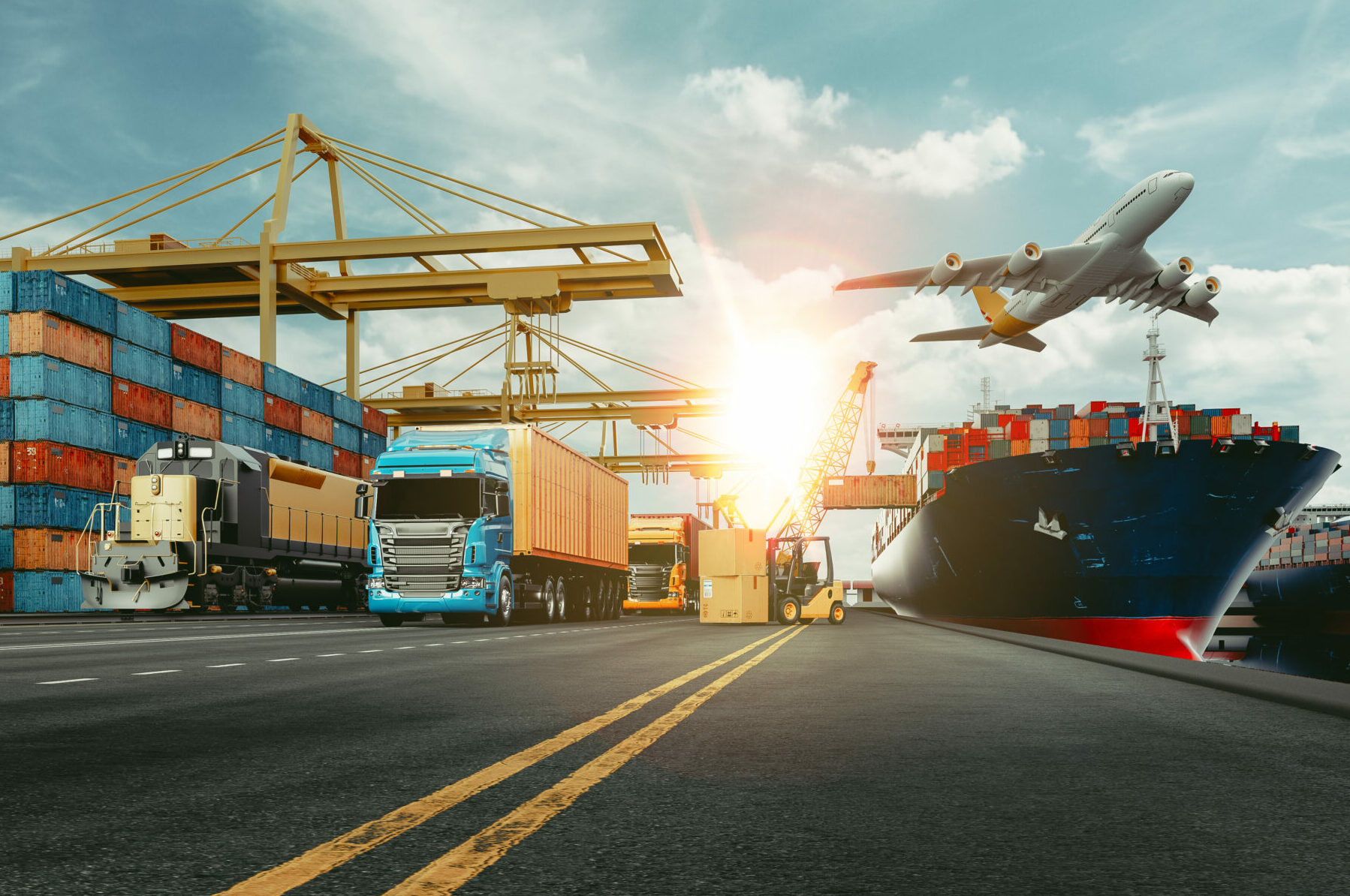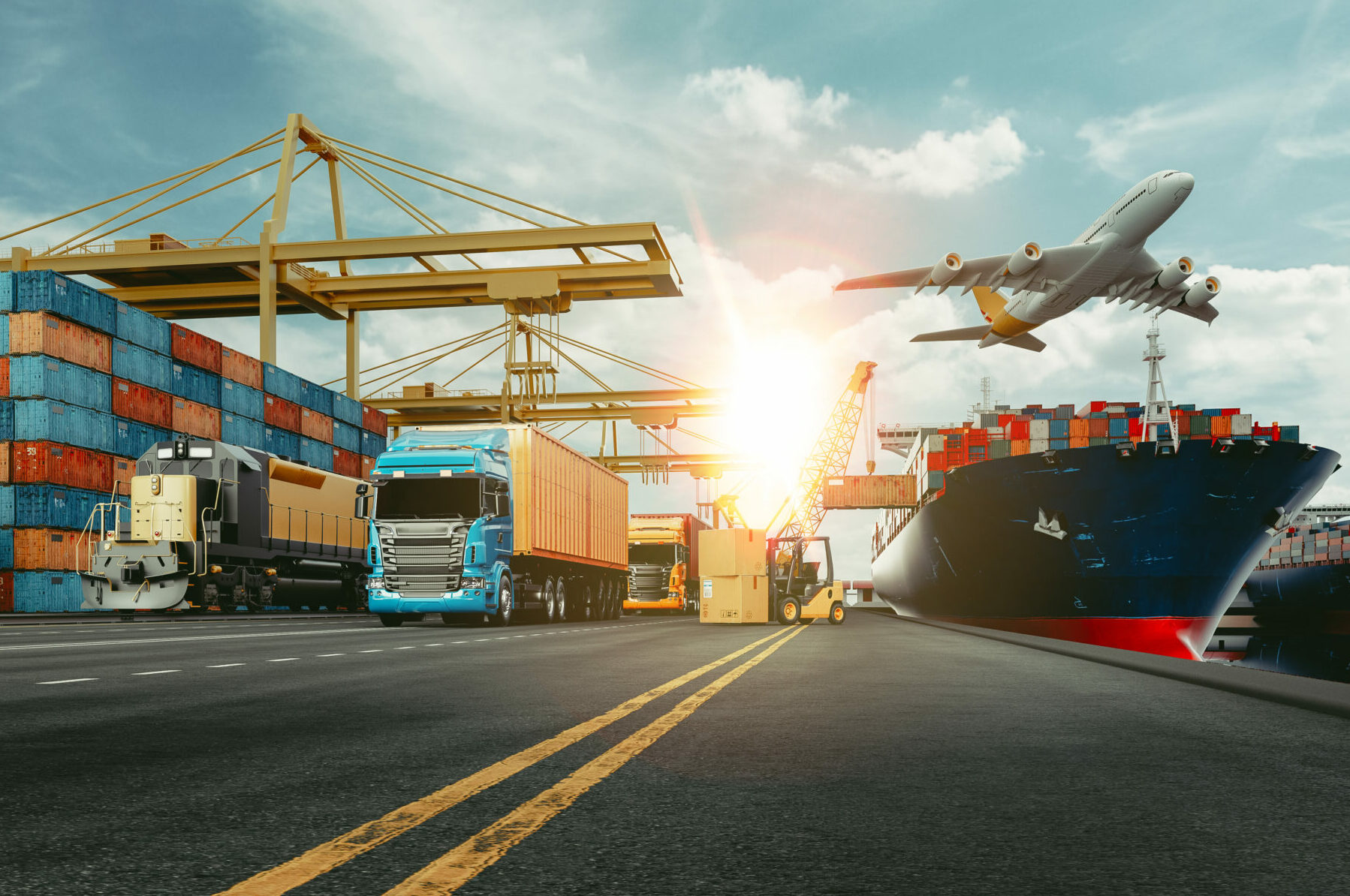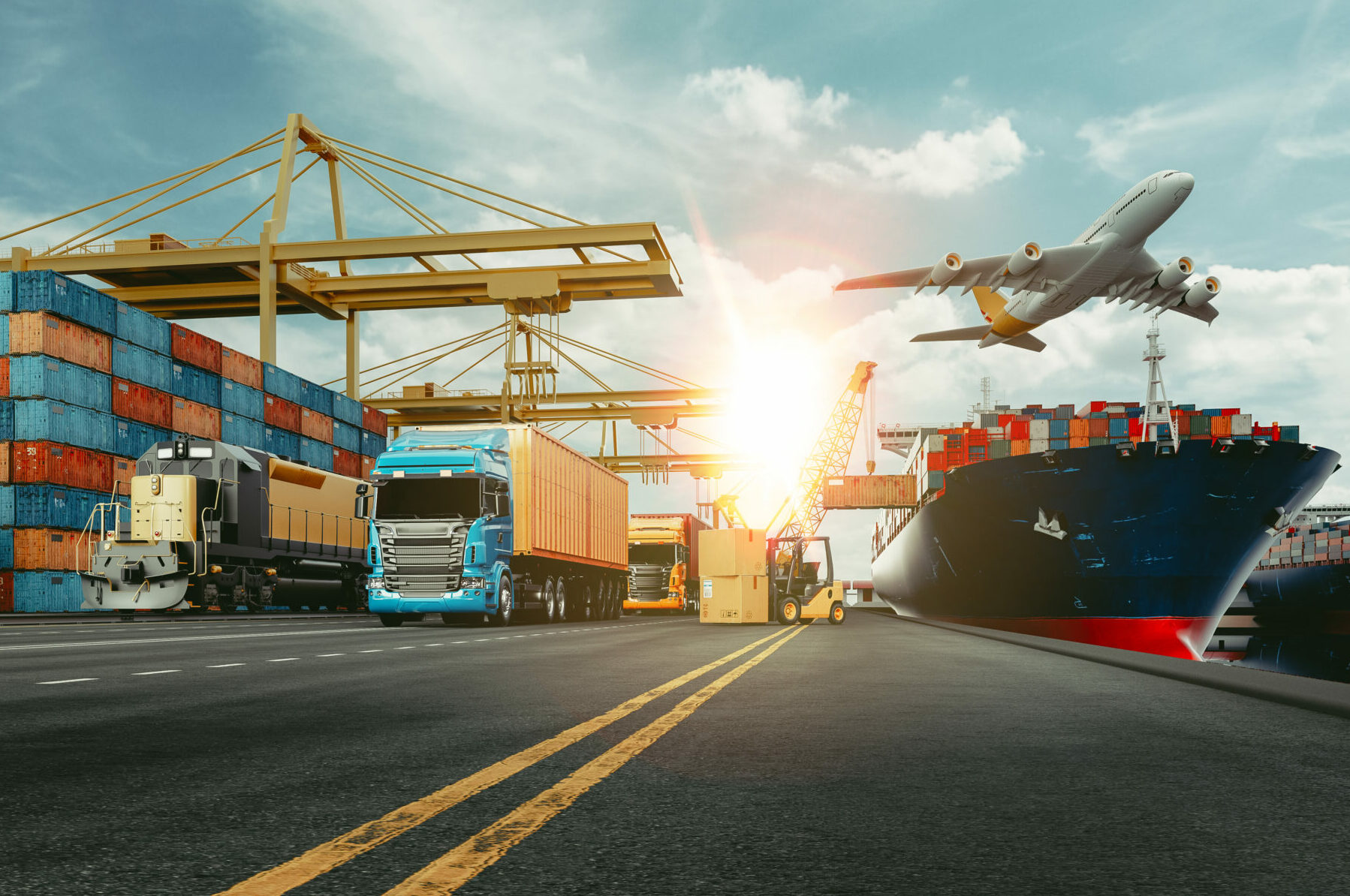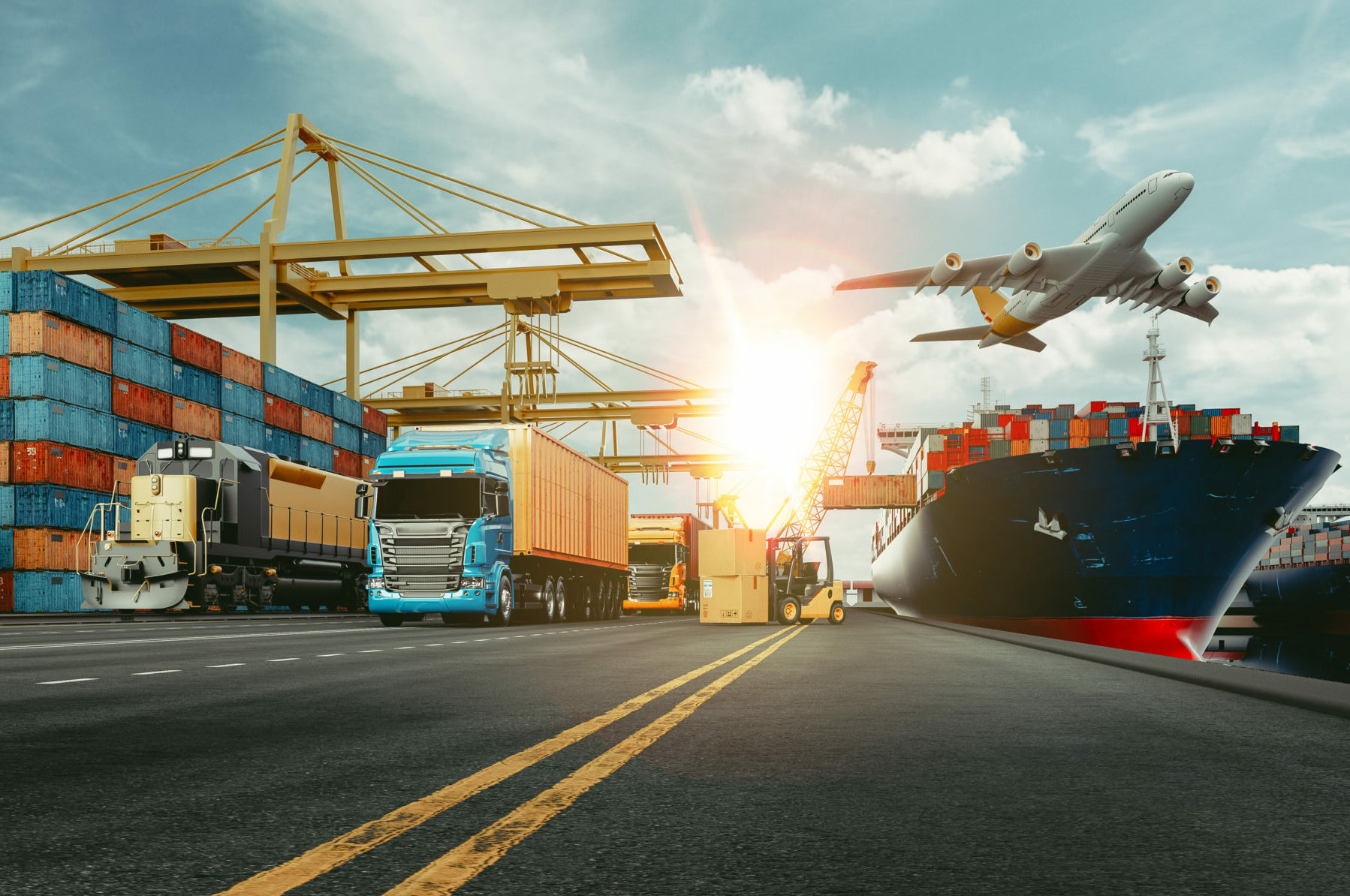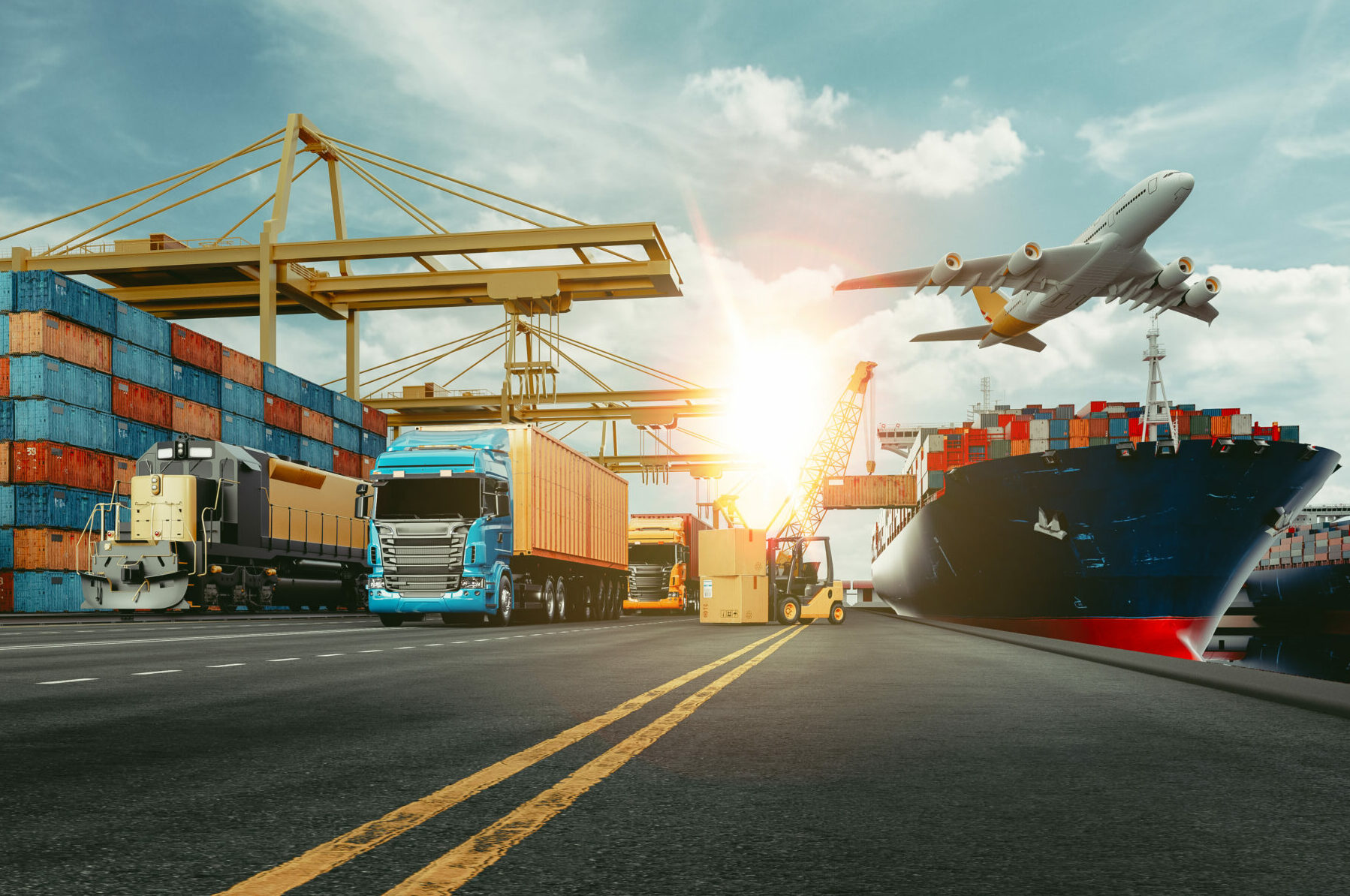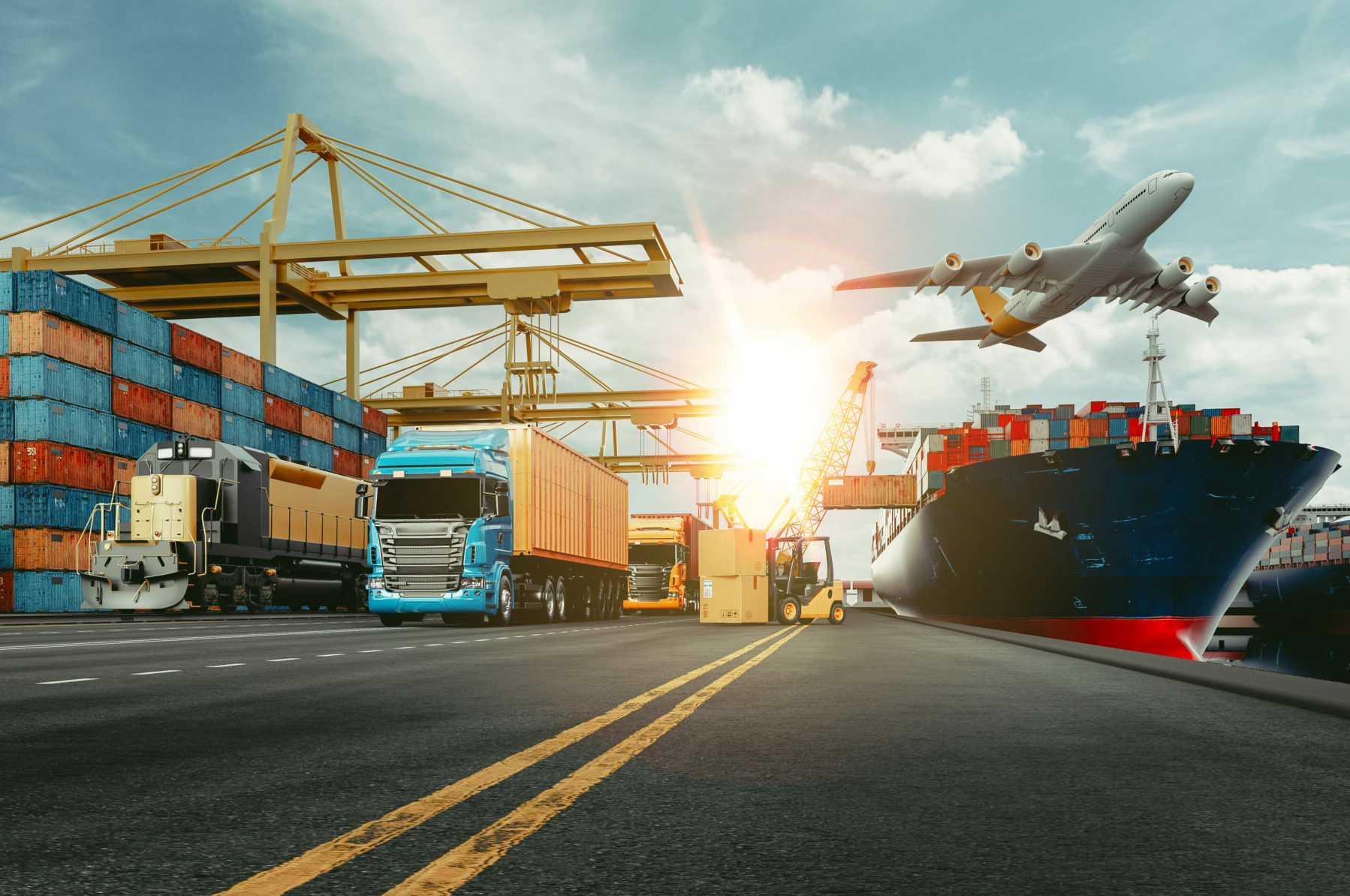Automotive Parts Distribution Freight Insurance: Complete Guide for UK Businesses
Introduction
The automotive parts distribution industry forms a critical backbone of the UK's motor trade sector, with thousands of businesses relying on the timely and safe delivery of components daily. From independent garages awaiting urgent brake pads to dealerships expecting shipment of high-value engine parts, the freight and logistics element of automotive parts distribution carries significant risk exposure that can impact your bottom line and reputation.
Automotive parts distribution freight insurance provides essential protection for businesses involved in the transportation, warehousing, and delivery of vehicle components. Whether you operate a small independent parts supplier or manage a large-scale distribution network, understanding the nuances of freight insurance is crucial to protecting your business from potentially devastating financial losses.
This comprehensive guide explores everything you need to know about automotive parts distribution freight insurance, from the specific risks facing the industry to the coverage options available and how to select the right policy for your business needs.
Understanding Automotive Parts Distribution Freight Insurance
Automotive parts distribution freight insurance is a specialized form of goods in transit cover designed specifically for businesses involved in the storage, handling, and transportation of vehicle parts and components. This insurance protects against loss, damage, or theft of automotive parts during various stages of the distribution process.
Unlike standard commercial vehicle insurance or general goods in transit policies, automotive parts freight insurance recognizes the unique characteristics of the industry including the high value of certain components, the technical nature of parts that can be damaged through improper handling, and the time-sensitive nature of deliveries that can result in consequential losses.
The coverage typically extends from the moment parts leave the manufacturer or supplier warehouse through to delivery at the customer's premises, encompassing multiple transit modes including road, rail, sea, and air freight.
Key Risks in Automotive Parts Distribution
Theft and Security Risks
Automotive parts represent attractive targets for thieves due to their high resale value and relative ease of disposal. Catalytic converters, alloy wheels, electronic control units, and performance parts are particularly vulnerable. Distribution centres and vehicles in transit face organized theft operations, with losses potentially running into hundreds of thousands of pounds for a single incident.
Transit Damage
The physical nature of transporting automotive parts creates numerous damage risks. Fragile components such as glass, sensors, and electronic modules can be damaged through vibration, impact, or improper securing. Heavy items like engines and gearboxes require specialized handling, and improper loading can result in damage to both the parts and other goods in transit.
Environmental Damage
Automotive parts can be sensitive to environmental conditions during transport. Moisture can cause corrosion to metal components, temperature extremes can affect rubber and plastic parts, and exposure to contaminants can render sensitive electronic components unusable. Distribution businesses must manage these environmental risks throughout the supply chain.
Loading and Unloading Incidents
A significant proportion of freight claims occur during loading and unloading operations. Forklift accidents, dropped pallets, crushing from improper stacking, and manual handling errors can result in substantial damage. These incidents often occur at distribution centres, customer premises, or during transfer between transport modes.
Vehicle Accidents
Road traffic accidents involving delivery vehicles can result in total loss of cargo or significant damage requiring parts to be scrapped. Even minor collisions can compromise the integrity of sensitive components, making them unsuitable for sale or installation.
Consequential Loss Risks
Beyond the direct cost of damaged or stolen parts, distribution businesses face consequential losses including customer compensation claims, expedited replacement shipping costs, loss of customer relationships, and damage to business reputation. These indirect costs can exceed the value of the parts themselves.
Coverage Provided by Freight Insurance
Goods in Transit Cover
The core element of automotive parts freight insurance covers physical loss or damage to parts while in transit. This includes coverage for theft, accidental damage, fire, collision, overturning of vehicles, and other perils that may affect the goods during transportation.
Storage and Warehousing
Many policies extend coverage to include temporary storage at distribution centres, warehouses, and even overnight storage in secured vehicles. This ensures continuous protection throughout the distribution chain rather than coverage gaps when goods are stationary.
Loading and Unloading Protection
Comprehensive policies include coverage for damage occurring during loading and unloading operations, recognizing this as a high-risk phase of the distribution process. This protection applies whether operations are conducted by your own staff or third-party handlers.
Third Party Liability
Freight insurance often includes liability coverage for damage to third-party property or goods that may occur during distribution activities. This is particularly relevant when handling customer returns or when your parts are transported alongside goods belonging to others.
Debris Removal and Emergency Costs
Following an incident, policies typically cover the costs of debris removal, emergency offloading, and securing of damaged vehicles or premises. These immediate response costs can be substantial but are essential to minimize further loss.
Replacement Cost Cover
Quality policies offer replacement cost coverage rather than depreciated value, ensuring you can replace damaged stock without suffering a financial shortfall. This is particularly important for businesses holding inventory of parts that may have been in stock for extended periods.
Types of Automotive Parts Distribution Operations
Manufacturer to Dealer Distribution
Large-scale distribution from manufacturers to dealership networks involves high-value shipments, often including new model parts and specialized components. These operations typically use dedicated logistics providers and require comprehensive coverage for valuable inventory.
Independent Parts Suppliers
Independent automotive parts distributors serving the aftermarket face different risk profiles, often handling a wider variety of parts from multiple manufacturers, operating smaller delivery fleets, and serving diverse customer bases from garages to individual mechanics.
Specialist Performance Parts
Distribution of performance and modified vehicle parts involves particularly high-value items with specialized customer bases. These businesses often handle imported parts, custom components, and rare items requiring enhanced security and handling protocols.
Commercial Vehicle Parts
Distribution of heavy goods vehicle and commercial vehicle parts involves larger, heavier items requiring specialized handling equipment and vehicles. The higher individual part values and technical complexity create distinct insurance considerations.
Online Automotive Parts Retailers
The growth of online parts retail has created new distribution models involving direct-to-consumer delivery, often using courier networks and parcel services. These operations face different risk profiles including higher volumes of smaller shipments and increased handling touchpoints.
Factors Affecting Insurance Premiums
Value and Type of Parts Handled
The total value of goods in transit at any one time significantly impacts premium calculations. High-value electronic components, performance parts, and new OEM parts command higher premiums than standard aftermarket consumables. Insurers assess the typical value per shipment and annual turnover of goods.
Geographic Coverage Area
The territories covered by your distribution operations affect risk assessment. Local and regional distribution within the UK typically attracts lower premiums than international shipping, which introduces additional risks including customs delays, multiple handling points, and varied legal jurisdictions.
Security Measures
Insurers carefully evaluate your security protocols including vehicle tracking systems, secure parking facilities, warehouse security, driver vetting procedures, and inventory management systems. Robust security measures can significantly reduce premiums through demonstrated risk mitigation.
Claims History
Your business's claims history over the previous three to five years directly impacts premium calculations. A clean claims record demonstrates effective risk management, while frequent claims may result in higher premiums or coverage restrictions.
Vehicle Fleet Specification
The age, condition, and specification of your delivery fleet influences premiums. Modern vehicles with enhanced security features, proper load securing equipment, and good maintenance records present lower risks than older, poorly maintained fleets.
Driver Experience and Training
The experience levels and training qualifications of your drivers factor into risk assessment. Businesses employing experienced drivers with clean driving records and providing regular training in safe loading and handling practices benefit from reduced premiums.
Selecting the Right Insurance Policy
Assessing Your Coverage Needs
Begin by conducting a thorough assessment of your distribution operations. Calculate the maximum value of goods in transit at any one time, identify your geographic coverage requirements, evaluate your storage and warehousing needs, and consider any specialized handling or high-value items requiring enhanced coverage.
Understanding Policy Limits and Excesses
Carefully review policy limits to ensure they adequately cover your maximum exposure. Consider both per-shipment limits and annual aggregate limits. Evaluate excess levels, understanding that higher excesses reduce premiums but increase your financial exposure for each claim.
Reviewing Exclusions and Conditions
Standard freight insurance policies contain exclusions that may significantly impact coverage. Common exclusions include wear and tear, inherent vice, inadequate packaging, and losses due to delay. Ensure you understand all exclusions and consider whether additional coverage is needed for excluded risks.
Comparing Providers
Obtain quotes from multiple insurers specializing in freight and automotive distribution insurance. Compare not just premiums but coverage breadth, claims handling reputation, policy flexibility, and additional services offered. Specialist automotive insurance brokers can provide valuable guidance in this process.
Considering Additional Coverages
Evaluate whether additional coverages would benefit your business, such as increased limits for high-value shipments, coverage for customer goods held on your premises, business interruption insurance, or cyber insurance to protect against digital supply chain disruptions.
Risk Management Best Practices
Implementing Robust Security Protocols
Invest in comprehensive security measures including GPS tracking on all vehicles, secure parking facilities with CCTV coverage, warehouse alarm systems, restricted access controls, and regular security audits. Document these measures for insurers to demonstrate risk mitigation.
Driver Training and Procedures
Develop and maintain comprehensive driver training programs covering safe driving practices, proper load securing techniques, security awareness, incident reporting procedures, and customer service standards. Regular refresher training ensures standards are maintained.
Packaging and Handling Standards
Establish clear packaging standards for different part types, ensuring fragile items receive appropriate protection. Implement handling procedures that minimize damage risks during loading, transit, and unloading. Consider investing in specialized equipment for handling high-value or delicate components.
Vehicle Maintenance Programs
Maintain rigorous vehicle maintenance schedules ensuring all delivery vehicles remain in optimal condition. Regular inspections of load securing equipment, refrigeration units for temperature-sensitive parts, and safety systems reduce breakdown and accident risks.
Inventory Management Systems
Implement robust inventory tracking systems that provide real-time visibility of parts location throughout the distribution chain. Accurate inventory data supports claims processes and helps identify discrepancies quickly, reducing loss exposure.
Route Planning and Optimization
Utilize route planning software to optimize delivery routes, reducing time on road and minimizing risk exposure. Consider security factors when planning routes, avoiding high-risk areas where possible and scheduling deliveries to avoid overnight stops with loaded vehicles.
Claims Process and Management
Immediate Incident Response
When an incident occurs, immediate action is critical. Secure the scene, document damage through photographs and written descriptions, notify police if theft or criminal damage is suspected, and inform your insurer promptly according to policy notification requirements.
Documentation Requirements
Comprehensive documentation supports successful claims. Maintain delivery notes, proof of value documentation, photographs of damage, police crime references for theft claims, witness statements, and any correspondence with customers regarding the affected goods.
Working with Loss Adjusters
For significant claims, insurers typically appoint loss adjusters to investigate circumstances and validate claim values. Cooperate fully with adjusters, providing requested documentation promptly and facilitating site visits or vehicle inspections as required.
Minimizing Business Disruption
While managing a claim, focus on minimizing disruption to your business operations. Arrange replacement stock quickly, communicate transparently with affected customers, and implement temporary measures to maintain service levels during the claims process.
Learning from Incidents
Treat each incident as a learning opportunity. Conduct internal reviews to identify contributing factors, implement corrective actions to prevent recurrence, and update risk management procedures based on lessons learned. Share insights with staff to improve overall safety culture.
Cost Considerations and Budgeting
Typical Premium Ranges
Automotive parts distribution freight insurance premiums vary widely based on the factors discussed earlier. Small local distributors with annual goods turnover under £500,000 might expect annual premiums from £1,500 to £3,000, while larger operations with multi-million-pound annual turnover could face premiums of £10,000 to £50,000 or more.
Balancing Coverage and Cost
While controlling insurance costs is important, inadequate coverage can prove far more expensive when claims arise. Focus on obtaining appropriate coverage levels rather than simply seeking the lowest premium. Consider the potential financial impact of uninsured losses when making coverage decisions.
Premium Payment Options
Many insurers offer flexible premium payment options including annual payment, monthly installments, or quarterly payments. While annual payment often provides cost savings, monthly payments can improve cash flow management for smaller businesses.
Regulatory Compliance
Carrier Liability Regulations
Understand your legal liability as a carrier under UK and international transport conventions. The Carriage of Goods by Road Act 1965 and CMR Convention establish carrier liability limits that may differ from your insurance coverage, creating potential gaps requiring attention.
Health and Safety Requirements
Compliance with Health and Safety Executive requirements for manual handling, vehicle loading, and workplace safety is essential. Non-compliance can void insurance coverage and expose your business to regulatory penalties and civil liability.
Driver Licensing and Compliance
Ensure all drivers hold appropriate licenses for vehicles operated, comply with drivers' hours regulations, and maintain required tachograph records. Insurance policies may exclude claims involving unlicensed drivers or regulatory violations.
Frequently Asked Questions
What is the difference between freight insurance and carrier liability?
Carrier liability is your legal responsibility for goods in your care, typically limited by transport conventions. Freight insurance provides broader coverage beyond these legal limits, protecting against a wider range of risks and offering higher compensation levels.
Does my commercial vehicle insurance cover goods in transit?
Standard commercial vehicle insurance typically provides limited or no coverage for goods carried. Separate goods in transit or freight insurance is essential for adequate protection of the parts you distribute.
Are high-value parts like engines and gearboxes fully covered?
Coverage for high-value items depends on your policy limits and any single-item restrictions. Declare high-value items to your insurer and ensure policy limits adequately cover your most valuable typical shipments.
What happens if parts are damaged at a customer's premises during delivery?
Coverage typically extends through to delivery completion, including unloading at customer premises. Ensure your policy includes loading and unloading coverage and that delivery procedures are properly documented.
Can I insure parts stored at multiple warehouse locations?
Yes, policies can be structured to cover multiple storage locations. Provide your insurer with details of all warehouses and storage facilities used in your distribution operations.
How quickly are claims typically settled?
Straightforward claims with complete documentation can be settled within two to four weeks. Complex claims involving investigations or disputes over value may take several months to resolve fully.
Does insurance cover parts returned by customers?
Coverage for customer returns depends on policy terms. Some policies automatically include returns in transit, while others require specific endorsement. Clarify this with your insurer if returns form a significant part of your operations.
What security measures do insurers typically require?
Common requirements include vehicle tracking systems, alarmed and secured warehouse facilities, locked vehicles when unattended, driver vetting, and inventory management systems. Specific requirements vary by insurer and risk profile.
Can I add coverage for international shipments?
Yes, geographic coverage can be extended to include European or worldwide shipments. International coverage typically attracts higher premiums due to increased risks and complexity.
How does a claim affect future premiums?
Claims impact future premiums based on frequency and severity. A single small claim may have minimal impact, while multiple claims or large losses typically result in premium increases at renewal. Maintaining a good claims record is important for long-term cost management.
Conclusion
Automotive parts distribution freight insurance represents a critical risk management tool for businesses operating in the UK motor trade supply chain. The specialized nature of automotive parts, combined with the inherent risks of transportation and handling, creates exposure that can threaten business viability if not properly insured.
By understanding the specific risks facing your distribution operations, selecting appropriate coverage levels, implementing robust risk management practices, and working with specialist insurers who understand the automotive parts industry, you can protect your business from potentially devastating losses while maintaining competitive operations.
The investment in comprehensive freight insurance should be viewed not as an unavoidable cost but as essential business protection that enables you to operate with confidence, assure customers of reliable service, and build a sustainable distribution business in the competitive automotive parts market.
Taking time to properly assess your insurance needs, compare available options, and establish strong risk management protocols will pay dividends through reduced claims, lower long-term insurance costs, and the peace of mind that comes from knowing your business is properly protected against the uncertainties inherent in automotive parts distribution.


 0330 127 2333
0330 127 2333


